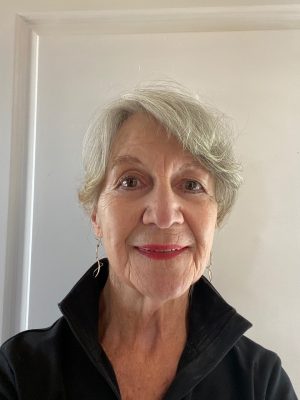 During our recent review of applicants for the Katia Torrelli-Delgado Scholarship, we read one candidate’s declaration that “I am good at asking for help when I need it.” In other words, making a choice to seek additional resources to help reach a goal. How rarely do we see young people—or even adults—taking this action and feeling proud of it!
During our recent review of applicants for the Katia Torrelli-Delgado Scholarship, we read one candidate’s declaration that “I am good at asking for help when I need it.” In other words, making a choice to seek additional resources to help reach a goal. How rarely do we see young people—or even adults—taking this action and feeling proud of it!
We often observe and comment that someone has made very poor choices—of friends, of language, of priorities for chores or homework. In the Taos Behavioral Health (TBH) SUCCESS program for middle and high school clients, we work hard at emphasizing choices. An important part of the work is to teach clients how to advocate for themselves—to choose how they evaluate their progress and how they ask for help. When a student feels discouraged by something, we ask them to think about their choices—to feel depressed and defeated or to choose how to make a difference next time.
This intervention only works if students have a meaningful choice to make. If their only choices are between trivial options, choosing does not become a robust skill. Parents, teachers, clinicians, and support people can act to reinforce this skill in youth. Sometimes it means the adult is giving up control to the youth in a meaningful way. “I like to hear what you did in school/therapy/group today, but I want you to decide if you want to share and when you want to do that.”
When students have a behavioral health diagnosis that describes negative behaviors, they often have reduced privileges and more limited choices. This is a challenge for everyone. Often youth only learn about the “rules” or “decisions” from adults—and never know the different choices that were possible and were considered.
The Taos volunteers who are enrolled in the Social Emotional Learning Catalyst Group are working in May and June to model and support effective choice making. The training group reviews the basic principles and then meets in support groups to share how they use these ideas in their work. Their sharing is rich because participants represent agencies as varied as First Steps, the Taos Pueblo, Holy Cross Hospital and Taos Behavioral Health. The goal is to strengthen everyone’s abilities to make positive decisions —and to lead the community in making certain that the choices of groups—such as families, social agencies, and schools, make choices that reflect their values and missions.
The work of the SEL this month is to build in youth and adults a sense of control and self-efficacy and opportunities to reflect on the outcomes of those choices. If we want to assist youth and adults in making different choices, they must have a supportive environment for reflecting on what happened.
- What is one good choice you made today?
- Do you feel as if you have a lot or only a little control of things in your life?
- Where do you feel you have the most choice and control?
- Where would you like to have more control?
In group settings, youth have an opportunity for several choices: to listen and be respectful of each other, to contribute to the group activity or topic, to help decide on goals. It is an environment to practice choices and to evaluate them. “Are we remembering our group agreements? Do you feel you are a positive or a negative in this group’s process? Why or why not? What would you do differently next time?”
There is always a next time in life—a chance to show your values, to live what you are learning, to reflect on how your actions really advance your goals. The Social Emotional Learning Community Catalyst Group is providing important leadership for us all.
Taos Behavioral Health has the largest credentialed and licensed behavioral health staff in northern New Mexico. We can be reached for scheduled appointments at 105 Bertha St. in Taos, or at www.Taosbehavioralhealth.org or 575-758-4297.
Mary McPhail Gray is the Co-Chair of the Taos Behavioral Health Board and can be reached at 575-779-3126 or mcphailconsulting@gmail.com.

